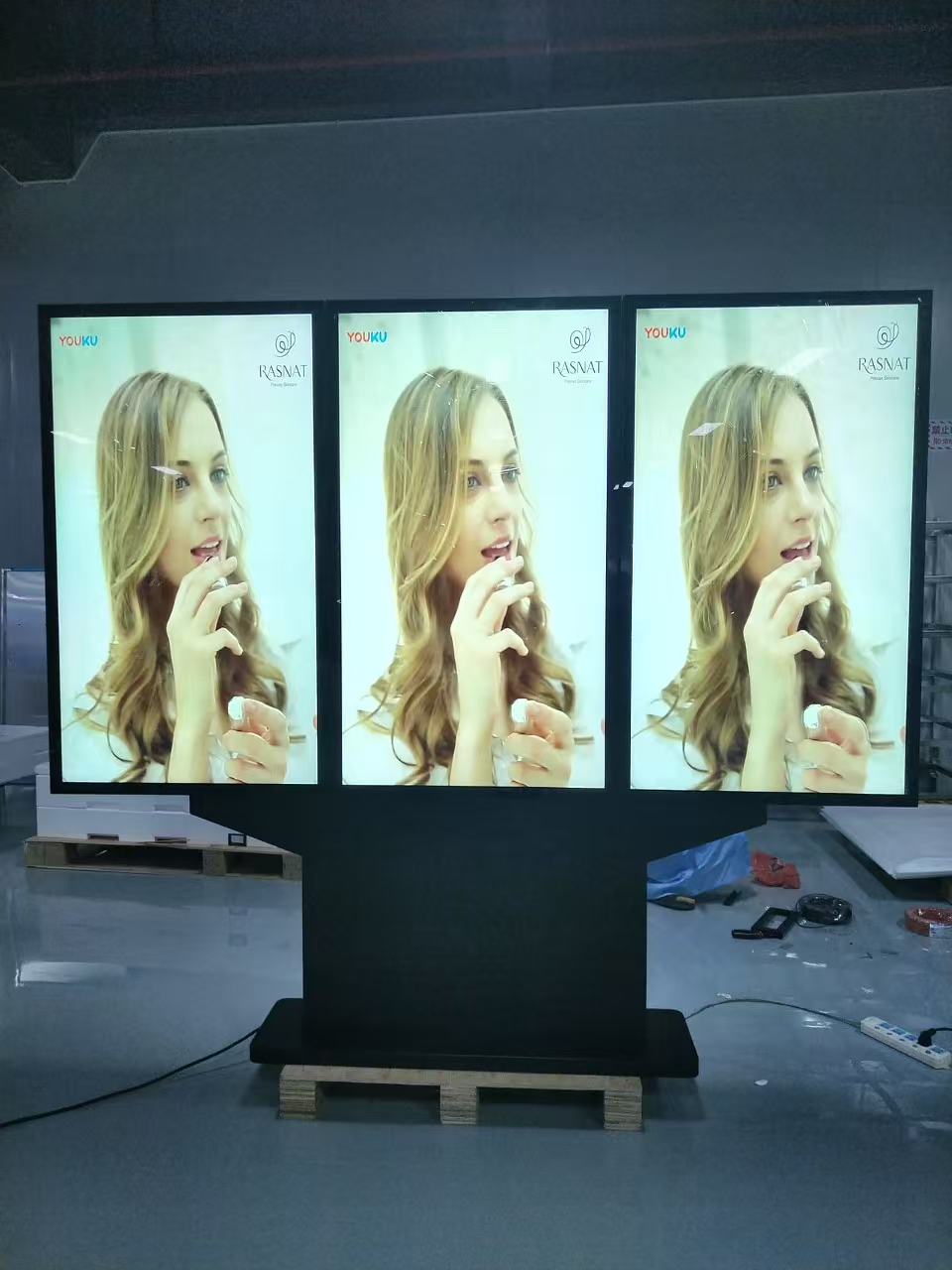- English
- Español
- Português
- русский
- Français
- 日本語
- Deutsch
- tiếng Việt
- Italiano
- Nederlands
- ภาษาไทย
- Polski
- 한국어
- Svenska
- magyar
- Malay
- বাংলা ভাষার
- Dansk
- Suomi
- हिन्दी
- Pilipino
- Türkçe
- Gaeilge
- العربية
- Indonesia
- Norsk
- تمل
- český
- ελληνικά
- український
- Javanese
- فارسی
- தமிழ்
- తెలుగు
- नेपाली
- Burmese
- български
- ລາວ
- Latine
- Қазақша
- Euskal
- Azərbaycan
- Slovenský jazyk
- Македонски
- Lietuvos
- Eesti Keel
- Română
- Slovenski
- मराठी
- Srpski језик
Why digital signage is everywhere now?
2025-10-20
Digital signage has become a part of our daily lives. LED displays are commonplace in airports and train stations, often used to display information such as departure and arrival times. Digital menus are also commonplace in the restaurant industry. Compared to a decade ago, people today are more accustomed to a digital world, which is why digital signage is even more important today.

What are the advantages of digital signage?
| Key Advantage | Core Value |
|---|---|
| High Visibility | More eye-catching than traditional banners, effective even at long distances, enhances brand awareness and image |
| Competitive Edge | Maintains constant public presence, prevents brand fading, keeps business top-of-mind in the market |
| Flexible Configurations | Supports setups from simple to complex, multi-screen synchronization or content variation for different scenarios |
| Cost Effective | 80% cheaper than TV advertising while effectively reaching mass audiences, ideal for short-term promotions and SMEs |
| Low Maintenance | Durable construction withstands harsh weather, requires minimal upkeep compared to traditional banners |
Features of Digital Media Distribution Systems
1. A simple program editing interface allows operators to use the editing and publishing software to freely distribute a variety of digital information, including text, icons, animations, videos, and audio, anytime, anywhere, without special training. This integrated display can be integrated into a "digital signage" and distributed as an advertisement.
2. Easy maintenance. The system automatically plays, eliminating the need for dedicated personnel. Even if the terminal player unexpectedly loses power, the system automatically resumes playback upon power-up, eliminating the need for manual operation.
3. Powerful multi-layer mixing capabilities support mainstream formats such as composite video, component video, and HDTV, enabling mixed display with various formats, including arbitrary windowing, transparent overlays, special effects flips, and scrolling text.
4. Using multiple media formats (video, audio, images, animation) is called a narrowcast system.
5. A type of dynamic advertising that allows for continuous and ever-changing content.
6. Similar to television and web ads, but with greater targeting, flexible formats, and adaptable content. Therefore, it can be combined with existing production tools.
7. It is a new technology that integrates network technology, multimedia broadcasting technology, and software component development and integration technology. It is user-friendly, meaning users can easily learn to create various signage.
8. This is a rapidly developing technology that is maturing, both technically and in terms of market and industry structure. In the past few years, electronic signage was limited to a few locations, such as CRT touchscreen bank ATMs and information booths at train stations. In recent years, however, it has become ubiquitous, with digital signage appearing in supermarkets, hotels, buses, and even in restaurants and cafeterias.




